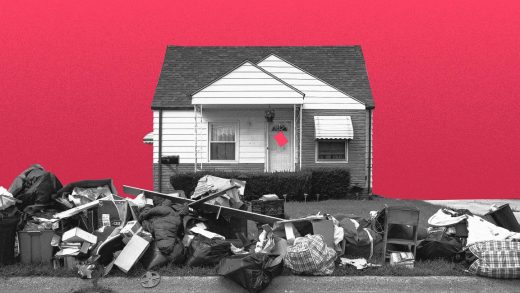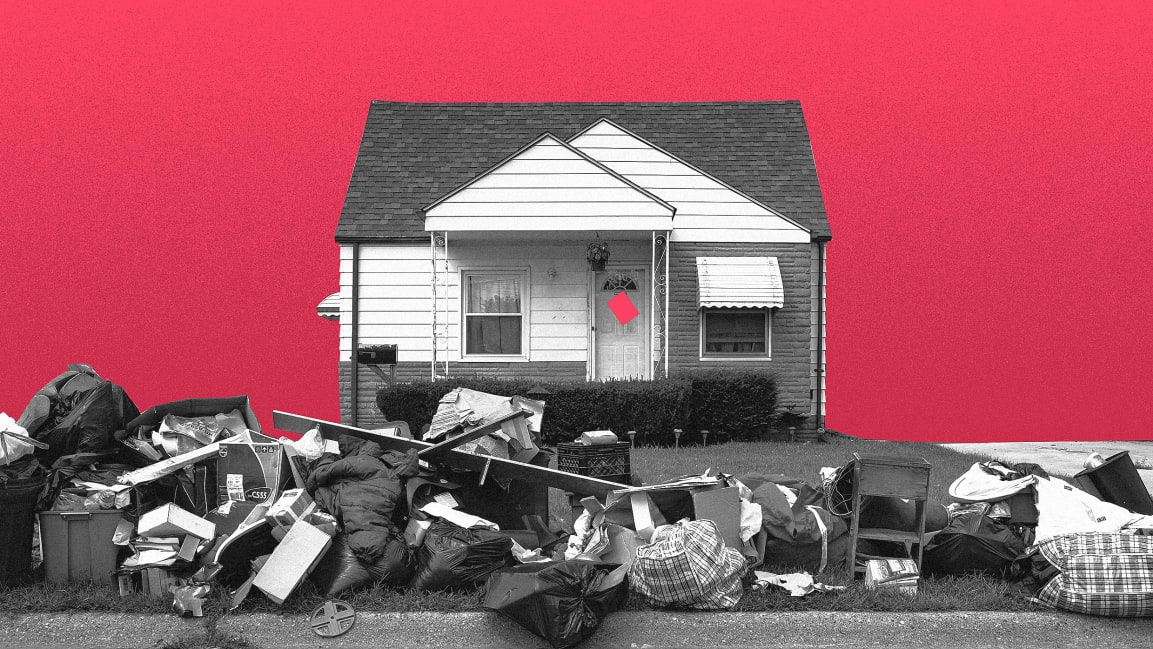Map: Where renters are most worried about being evicted as the moratorium ends
Unless Congress passes an emergency extension, the CDC eviction ban that has been in place in the U.S. since last September will expire on July 31. In most states, landlords will be able to begin eviction proceedings. More than 6 million families, by one estimate, are at risk of being evicted.
A new survey of 1,137 renters, from the data science consultancy Civis Analytics, maps out where Americans are most worried about being kicked out of their home within the next six months. More than a third said that they were “very” or “somewhat” concerned, with a disproportionate number in the South. Georgia topped the list, followed by Arkansas, Alabama, Louisiana, and Texas. (Renters were least concerned in New Hampshire, Massachusetts, Vermont, Minnesota, and Connecticut.)
“We’ve seen data quantifying the number of renters who are behind on housing payments and by how much, but those numbers aren’t future-looking and don’t fully capture the anxiety people are feeling (or how widespread it is around the country),” Maeve Ward, vice president of research and insights at Civis Analytics, said in an email. “As the federal eviction moratorium lifts, we can match this data to places with different levels of local- and state-level protections to pinpoint where risk is highest—ultimately helping nonprofit or government organizations focus their outreach efforts.”
In another report, Surgo Ventures found that renters in the South are most at risk, with $8.4 billion owed in rent as of July, more than in any other region in the country. In many Southern counties, more than one in five renter households owe back rent. The situation varies dramatically by county: In Georgia, for example, 14% of renters in Columbia County are behind on rent, and in Richmond County next door, the rate jumps to 24%.
Unsurprisingly, the new survey found that people with lower incomes are more concerned, on average, than those who make more money. Adults under age 34 are also more concerned than older age groups. Renters who aren’t white are 10% more concerned than those who are white.
Nearly $50 billion is available to state and local governments for emergency rental assistance, but it’s been trickling out slowly, with application processes that are often complicated. In South Carolina, where renters have applied for $39 million in emergency assistance, less than $1 million has been distributed so far.
(40)



